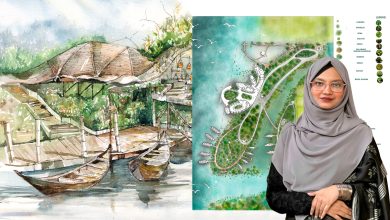An old age home provides housing for seniors. In Bangladesh, individuals over 60 are considered as senior citizens. This thesis project is proposed by Sifat Sadia Zaman, a student of BRAC University aiming to enhance their living standards by designing socially interactive and co-living spaces within the old age home. Her studio faculty were: Dr. Mohammad Habib Reza, Mohammad Zillur Rahman, Jalal Ahmed and Naim A Kibria.
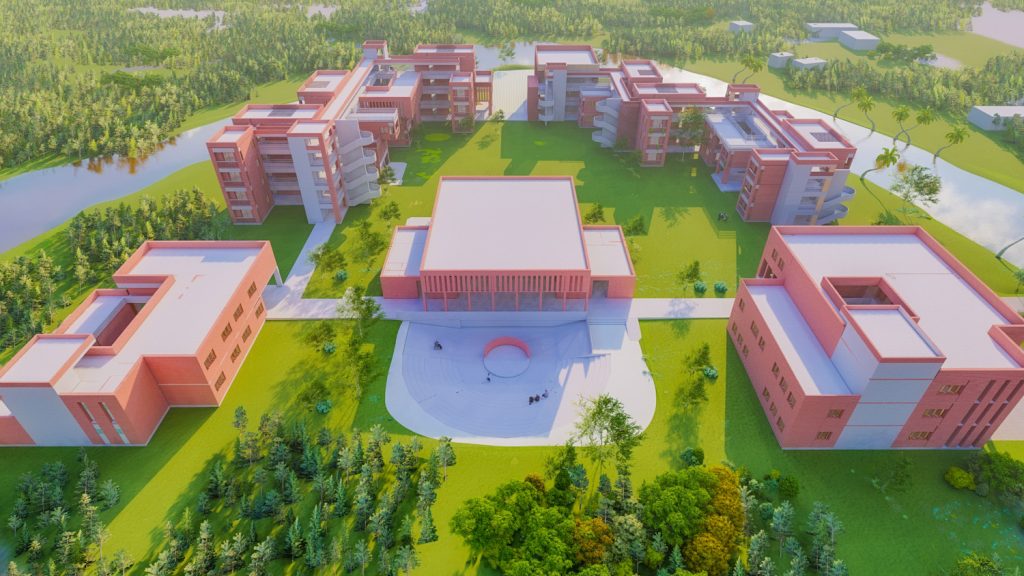
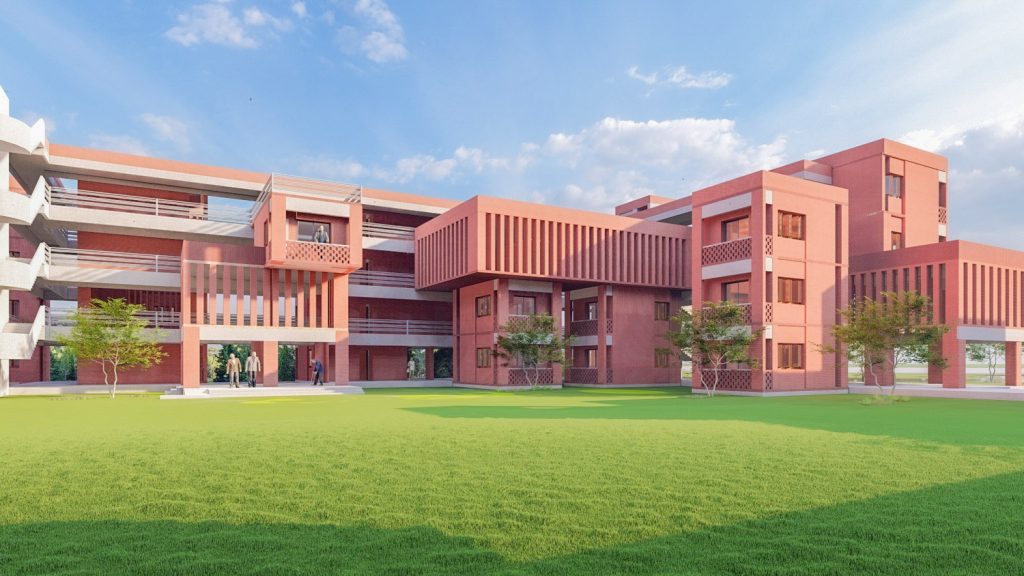


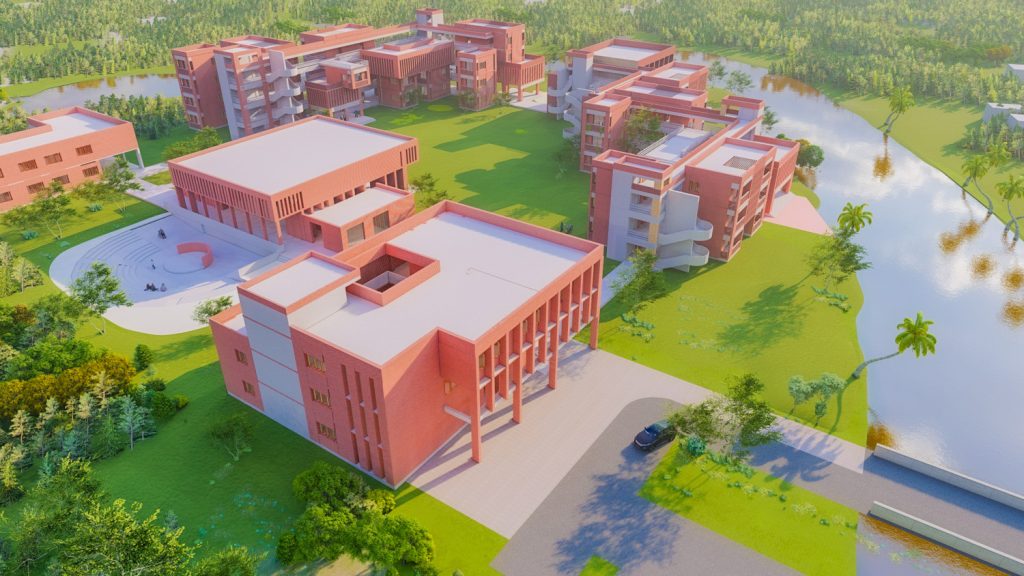
In Bangladesh, over 13 million people were aged 60 and above in 2019, with numbers rising due to evolving family dynamics Many NGOs have established care homes offering food and medical services for seniors. The main concept of this project is to integrate nature and promote interaction with younger generations to boost seniors’ sense of belonging. The design includes green courtyards, semi-open verandas, and paved areas by water bodies for relaxation and fishing. Each block features these spaces to enhance elderly residents’ time outdoors, while a central courtyard and amphitheater further enrich the environment, blending functionality with natural beauty.
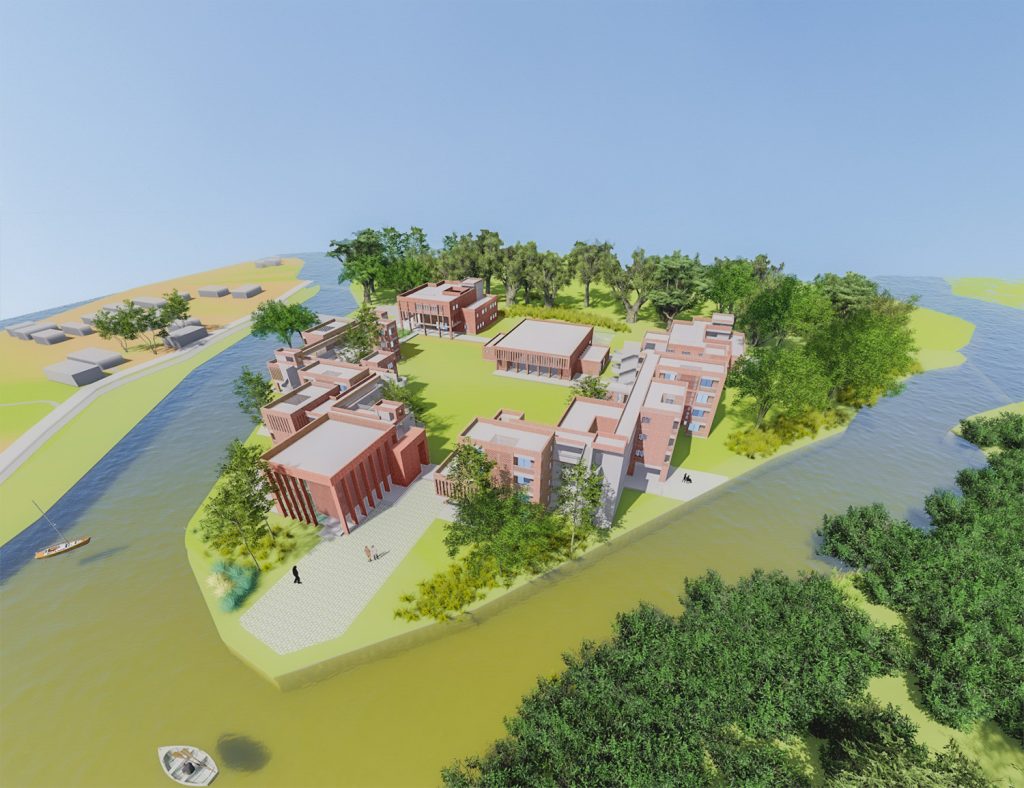
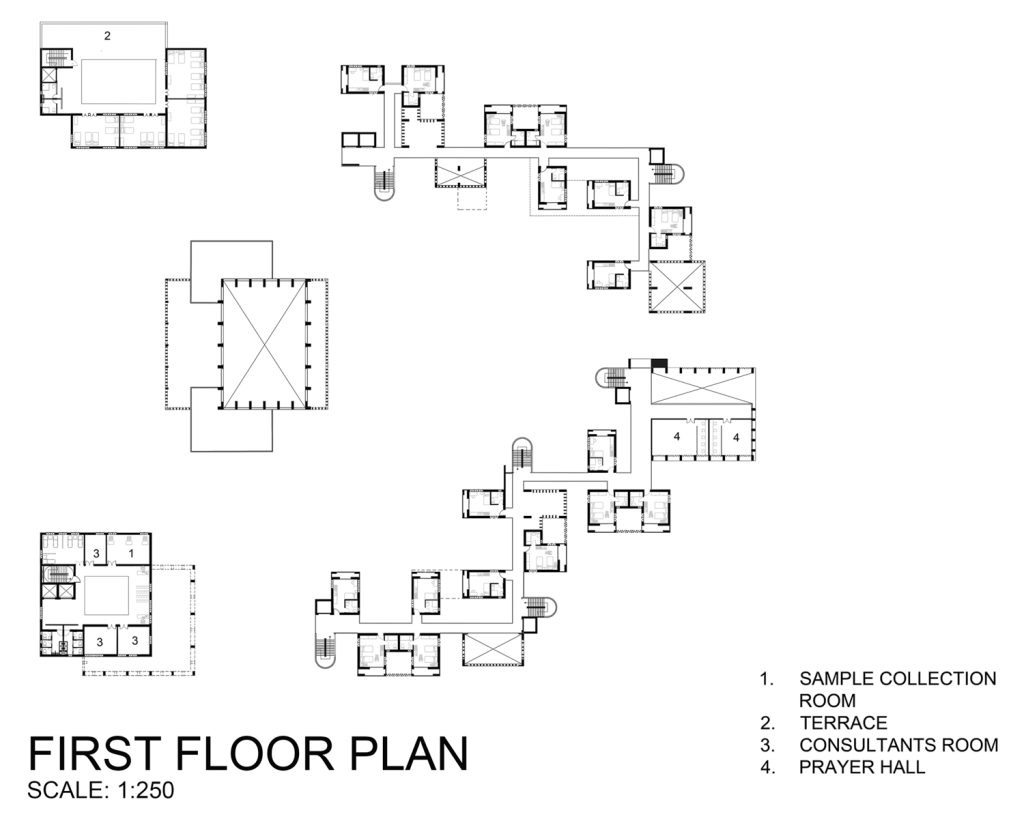
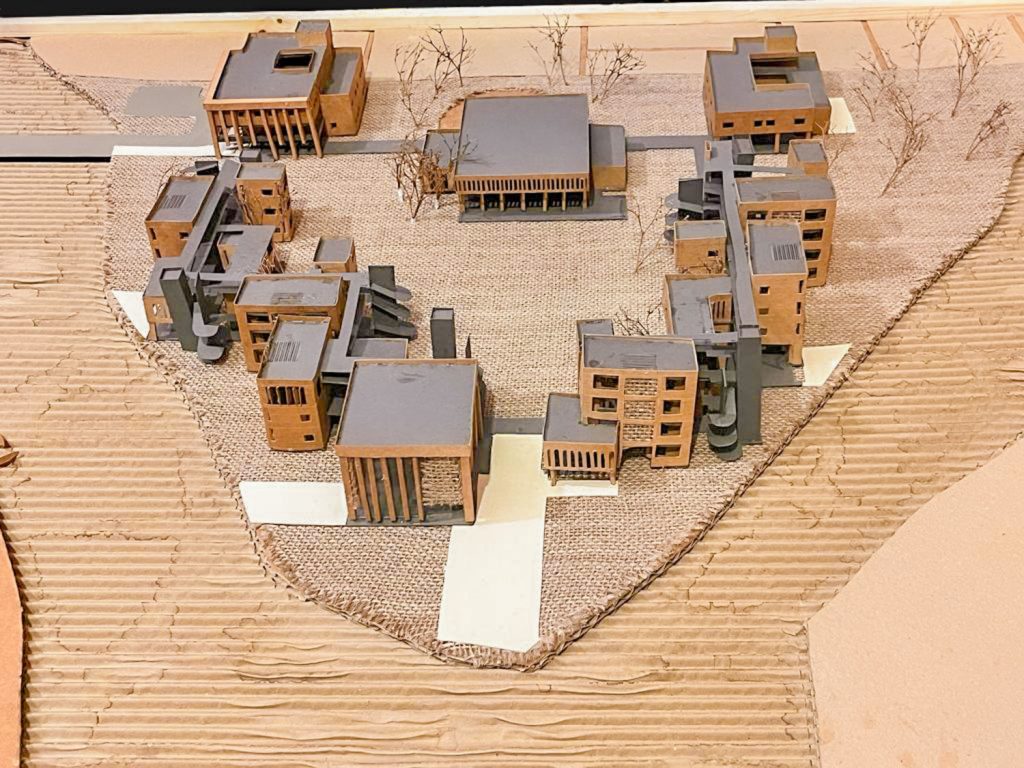
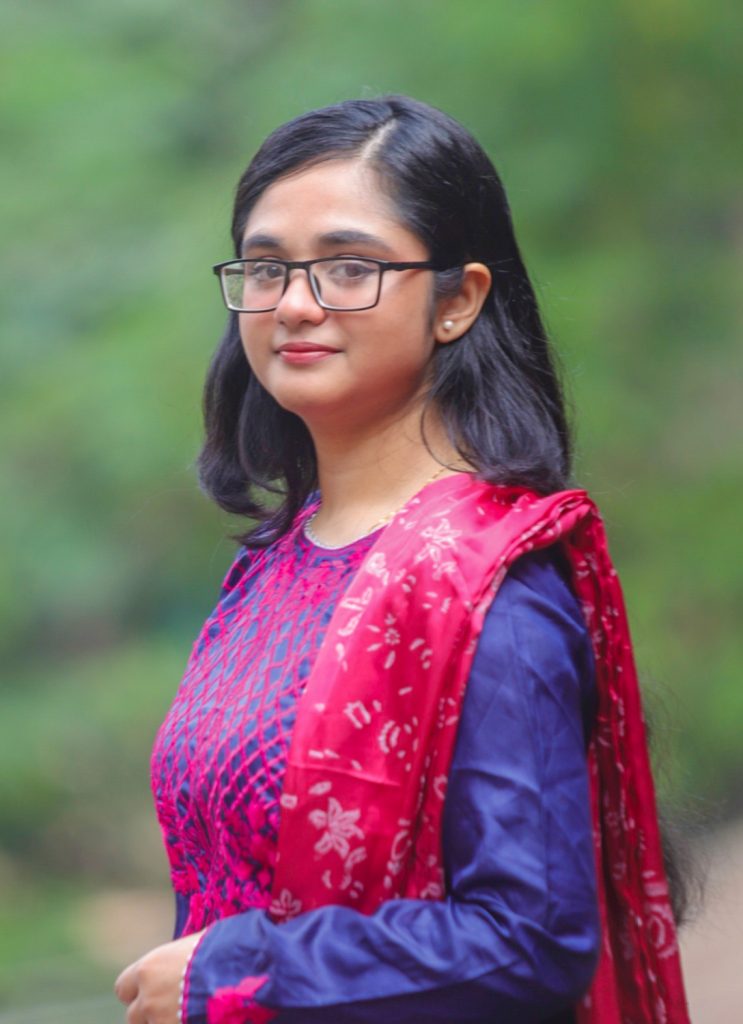
The project adopts neo-contextualism, aligning with the site’s location near the River Shurma’s sub-branch. It includes a proposed access road from the neighboring area to enhance social and cultural integration, addressing challenges such as indirect road access and landfill obstacles.
The complex is divided into three zones: a welcoming public area, central residential spaces, and a service zone for daily operations. This arrangement creates a cohesive community for homeless seniors, addressing their needs and boosting their sense of belonging.
The master plan includes a 5-meter pedestrian path and a 6-meter-wide road with parking. At the entrance the health care block is positioned for local accessibility, followed by the multipurpose hall and administrative office. Staff accommodation is located at the end of this wing. The site’s scenic water-body influences the design, with dormitories placed beside it for views. The most prominent site area, where the three wings of the water-body meets, houses shared functions like the dining hall and library, along with outdoor spaces. Indoor game and prayer halls include separate sections for men and women. The entire complex is linked by walkways, with the dormitories arranged in six clusters, each floor containing two attendant rooms. The construction uses local materials, with brick walls, brick-paved floors, and concrete roofs. Concrete drop walls and brick jails are added for elevation treatments, allowing soft, welcoming light to enter the building blocks.

